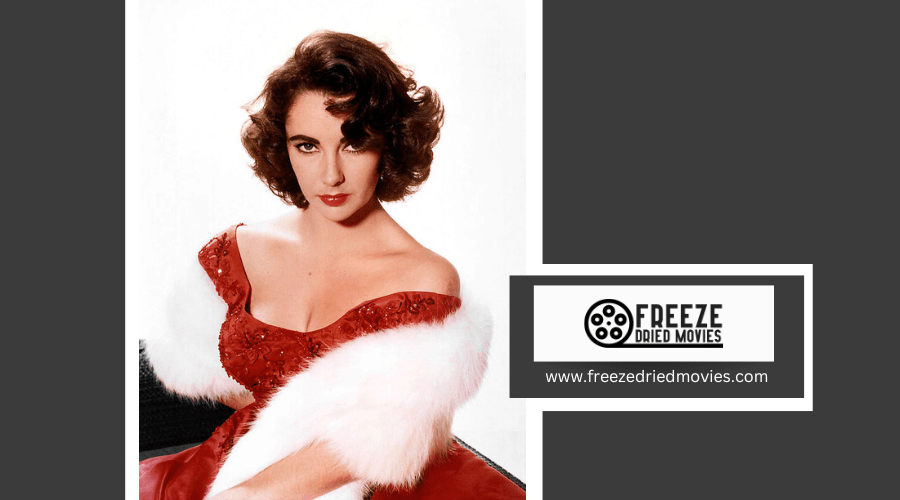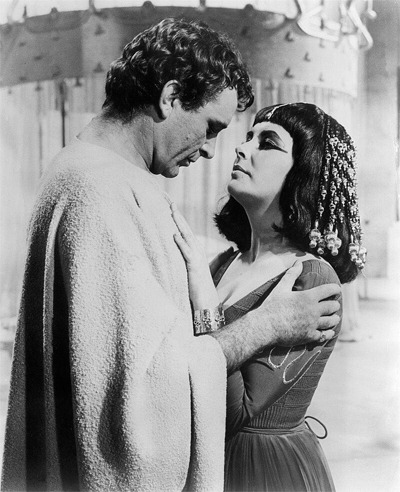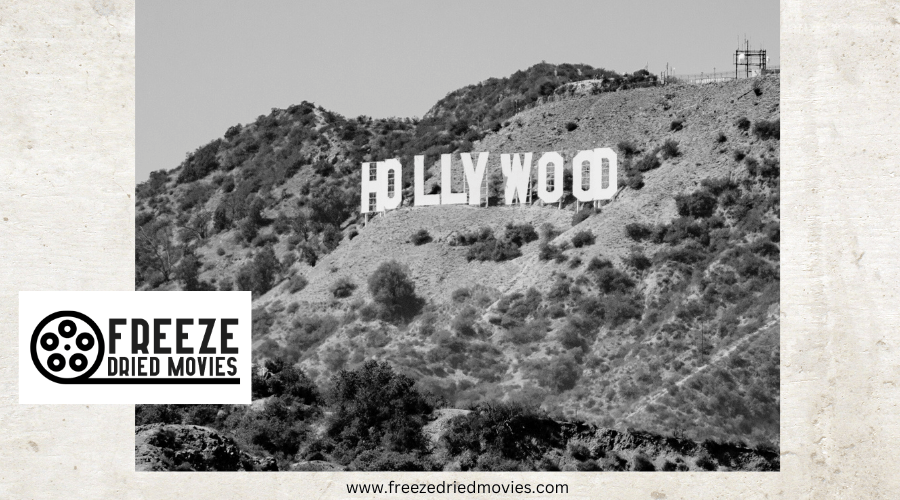Elizabeth Taylor: The 1960s, Cleopatra, and Hollywood Drama

You'll find "Cleopatra" represents the peak of Hollywood excess and drama in the 1960s. Elizabeth Taylor's record-breaking $1 million salary and near-fatal health crisis combined with her scandalous affair with Richard Burton to create a perfect storm of controversy. The $44 million production ($426 million today) nearly bankrupted 20th Century Fox but won four Academy Awards. This epic tale of ambition, romance, and spectacle forever changed how the world viewed Hollywood stars.
The Making of a Hollywood Behemoth
Few films in Hollywood history have matched the epic scale and dramatic production of 1963's Cleopatra. You'll find the movie's staggering $44 million budget (equivalent to $426 million today) reflected in its lavish Costume Design and Visual Effects, which later earned the film four Academy Awards. When Elizabeth Taylor signed on for an unprecedented $1 million salary, Twentieth Century Fox couldn't have predicted the tumultuous odyssey ahead.
The production's troubles began at Pinewood Studios in London, where Taylor's health issues caused significant delays. After director changes, Joseph L. Mankiewicz took the helm, bringing in Richard Burton, whose on-screen chemistry with Taylor sparked a real-life romance that enthralled global audiences. Despite its troubled production costs, this combination of drama both on and off-screen ultimately contributed to the film's box office success.
The role of Cleopatra proved transformative for Taylor, as it solidified her status as both a Hollywood legend and enduring style icon.
Behind the Scenes: Health Struggles and Production Chaos
The glamorous facade of Cleopatra's production masked a period of near-catastrophic setbacks and personal turmoil. You wouldn't believe that Elizabeth Taylor was pronounced dead four times during filming, requiring an emergency tracheotomy that brought production to a grinding halt. Her slow recovery wreaked havoc on the shooting schedule, contributing to the film's ballooning budget of £35m - an astronomical £338m in today's money.
Behind the scenes, chaos reigned as director Rouben Mamoulian was fired after providing just 10 minutes of usable footage. Joseph L. Mankiewicz stepped in to salvage the troubled production. Adding to the drama, Taylor's explosive romance with co-star Richard Burton erupted into "Le Scandale," a media sensation so powerful it overshadowed even John Glenn's historic orbit of Earth. The film's tumultuous production stood in stark contrast to the elegant Grace Kelly films of the previous decade, which had set a standard for Hollywood glamour and sophistication.
The Taylor-Burton Romance That Shook Hollywood

While Hollywood had seen its share of scandals, nothing could match the explosive impact of Elizabeth Taylor and Richard Burton's love affair during Cleopatra's filming. Their passionate romance, which began on set, wasn't just another celebrity headline - it was powerful enough to overshadow John Glenn's historic orbit around Earth.
You couldn't open a newspaper without seeing their faces, as newly emerging paparazzi chased the couple through Rome's streets. The Vatican's public condemnation only fueled the media frenzy, dubbing their relationship "Le Scandale."
The affair didn't just end two marriages; it marked a turning point in Hollywood history. As Taylor and Burton's romance enthralled global audiences, it helped dismantle Old Hollywood's carefully controlled image, ushering in a transformative era of unbridled celebrity culture that still influences how we view stars today.
Like Marilyn Monroe Productions, Taylor sought to gain more creative control over her career during this tumultuous period in her life.
Breaking Records: Budget, Box Office, and Beyond
Surpassing every financial record in Hollywood's history, Cleopatra's $44 million budget ($400 million in today's terms) became both a symbol of excess and a cautionary tale. The epic production, starring Elizabeth Taylor alongside her future husband Richard Burton, nearly bankrupted 20th Century Fox with its lavish spending on everything from intricate costumes to imported delicacies.
Yet you'd be surprised to learn that despite its troubled production under director Joseph L. Mankiewicz, the film triumphed at the box office, becoming 1963's highest-grossing release. While Cleopatra earned four Academy Awards for its stunning technical achievements, its astronomical costs marked the end of Old Hollywood's extravagant era. The film's dramatic retelling of the Egyptian queen's relationships with Julius Caesar and Mark Antony paralleled the industry's own turning point.
Legacy and Impact on Modern Cinema
Despite its tumultuous production history, Cleopatra's cultural impact echoes through modern cinema like a seismic wave. The film's pioneering visual effects and production design established new standards for Hollywood epics, while Elizabeth Taylor's commanding presence redefined star power. You'll find director Joseph L. Mankiewicz's influence in countless historical dramas that followed.
The infamous romance between Taylor and Richard Burton during filming revolutionized celebrity culture, giving birth to modern paparazzi practices that still dominate entertainment news. While you won't see many attempts to remake Cleopatra today, its legacy persists through its influence on theatrical spectacle and grand-scale filmmaking. The movie's blend of scandal, innovation, and unmatched grandeur makes it a unique milestone that modern Hollywood can't quite replicate, despite all our technological advances.



